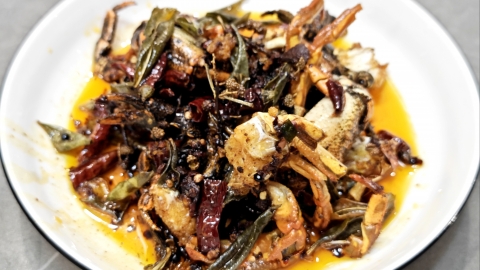Can chestnuts and crabs be eaten together?
Chestnuts and crabs can generally be consumed together, but should be eaten in moderation.

For most individuals without specific health issues, moderate consumption of chestnuts and crabs is generally safe. Chestnuts are rich in vitamin C, minerals, and dietary fiber, while crabs are an excellent source of high-quality protein and omega-3 fatty acids. Together, they can provide relatively comprehensive nutrition. If an individual is not allergic to either food, consuming them together should not cause allergic reactions.
It should be noted, however, that for individuals with weak digestion, both chestnuts and crabs are relatively difficult to digest. Excessive consumption may increase the burden on the gastrointestinal tract, leading to indigestion symptoms such as bloating and diarrhea. Indigestion. Therefore, it is recommended not to consume more than 3 crabs and 3–5 chestnuts per day. Both chestnuts and crabs are moderate-purine foods, and excessive consumption may lead to increased uric acid levels in the body, potentially triggering or worsening related conditions.
Crabs should be thoroughly cooked at high temperatures before consumption to avoid the risk of parasites and bacterial infection. In daily diets, it is recommended to maintain a balanced dietary structure and diversify food intake to help maintain overall health.




